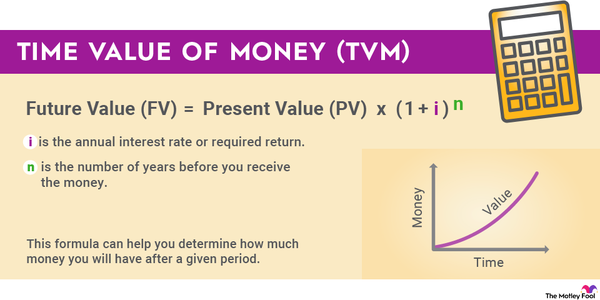The Thrift Savings Plan (TSP) is a retirement savings plan for U.S. government employees and members of uniformed services. It’s a defined contribution plan, similar to a 401(k). Like a 401(k), it provides participants a tax-advantaged way to save for retirement.

What is a Thrift Savings Plan (TSP)?
What is a Thrift Savings Plan (TSP)?
The Thrift Savings Plan (TSP) enables federal employees to save and invest part of their income for retirement. Eligible federal employees can receive matching contributions from their employers, enabling them to maximize their retirement savings. Contributions to a traditional TSP are tax-deductible, enabling participants to reduce their current taxes. Meanwhile, investment income and gains are tax-deferred until the participant withdraws their funds from a traditional TSP or are completely tax-free in a Roth TSP.
TSPs provide federal employees the same retirement savings and tax advantages of 401(k) plans offered by many private sector companies to their employees. The TSP is a defined contribution plan like a 401(k) plan. The retirement income TSP participants receive varies, depending on how much they contribute to the plan (including any matching contributions from their federal employer) and their accumulated investment earnings.
How does the Thrift Savings Plan (TSP) work?
How does the Thrift Savings Plan (TSP) work?
Eligible TSP participants have three ways to contribute to their plan:
- Automatic payroll contributions: The participant can set up an automatic payroll deduction to their TSP to transfer a set amount each pay period.
- Agency matching contributions: Eligible participants can receive a matching contribution from their employer.
- Rollover contributions: New federal employees can roll over their 401(k) from a private sector job and individual retirement account (IRA) assets to a TSP. Conversely, participants can roll over their TSP to an IRA or 401(k) if they leave employment with the federal government.
TSP participants can set up a traditional TSP and make tax-deferred contributions where future withdrawals get taxed in retirement. They can also set up a Roth TSP and make after-tax contributions where future withdrawals are tax-free.
TSPs have an annual contribution limit. For 2023, the annual limit is $22,500. However, employees 50 and older can also make additional catch-up contributions of as much as $7,500.
What types of investments are available in a Thrift Savings Plan (TSP)?
What types of investments are available in a Thrift Savings Plan (TSP)?
Thrift Savings Plans offer eligible participants three investing approaches to help them achieve retirement goals:
- Individual TSP Funds: The TSP offers five separate fund options:
- G Fund (Government Securities Investment Fund): The U.S. Government guarantees all principal and interest payments on the G Fund, making it virtually risk-free.
- F Fund (Fixed Income Index Investment Fund): The F Fund offers the opportunity to earn higher rates of return by investing in relatively low-risk investment-grade fixed-income securities.
- C Fund (Common Stock Index Fund): The C Fund enables investors to participate in the potential upside of mid- to-large-sized U.S. stocks through an index fund investment.
- S Fund (Small Cap Stock Index Fund): The S Funds enable investors to own equity interests in small-to-mid-sized U.S. companies with higher return potential.
- I Fund (International Stock Index Investment Fund): The I Fund enables investors to build a more diversified portfolio by gaining equity ownership of non-U.S. stocks.
- Lifecycle Funds (L Funds): TSP offers 10 L Funds, which feature a mix of the five individual funds. These target-date funds automatically adjust their allocations each quarter, steadily shifting from higher-risk funds to lower-risk funds. As of mid-2023, TSP offered the following L Funds: L Income, L 2025, L 2030, L 2035, L 2040, L 2045, L 2050, L 2055, L 2060, and L 2065. The L Income Fund aims to meet the current income needs of retirees. Meanwhile, future target-date funds seek to preserve and grow capital for participants based on their expected retirement date.
- Mutual fund window: The TSP enables eligible participants to transfer some of their account assets to a separate one provided by its mutual fund vendor for greater investment flexibility.
Emergency Fund
An example Thrift Savings Plan (TSP)
An example Thrift Savings Plan (TSP)
A recent college graduate got their first job with a government agency. They immediately sign up for a Roth TSP, setting an automatic contribution of $100 per pay period. That makes them eligible for a matching contribution from their employer. They opt to allocate the entire contribution into the L 2065 fund since they don’t expect to retire until after 2063. The fund will provide them with a higher level of growth in the early years to help them reach their retirement target. By choosing a Roth TSP, the participant won’t have to pay taxes on future retirement withdrawals.
























































